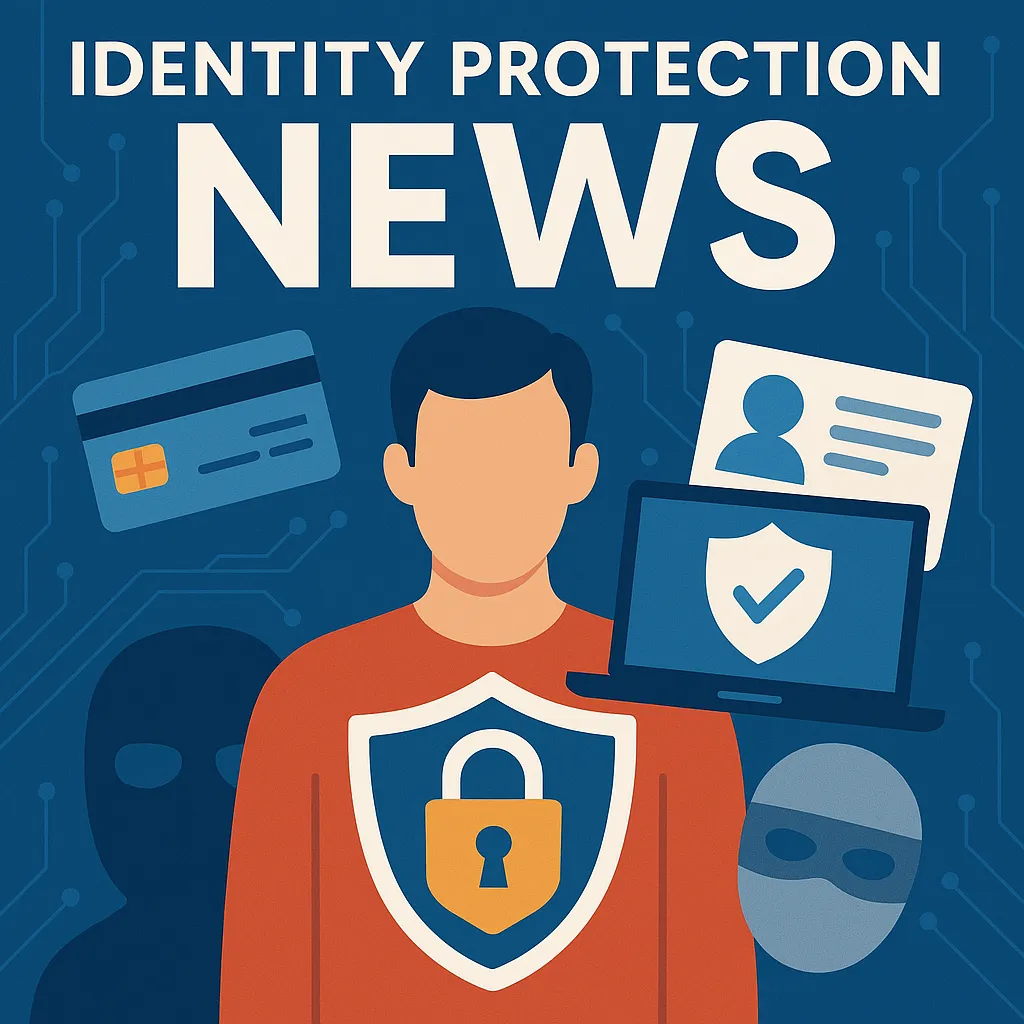Navigating the Threats of Identity Theft and Scams in the Digital Age
In an era where personal and financial information is increasingly stored and transacted online, the risk of identity theft and related scams has surged. This post aims to demystify the complexities of cybersecurity threats such as identity theft, student aid scams, and business email compromises, providing you with knowledge and tools to protect yourself.
Understanding Identity Theft
Identity theft occurs when someone unlawfully obtains your personal information to commit fraud or theft. This can range from unauthorized credit card purchases to more severe crimes like using your identity to orchestrate fraudulent transactions (source).
Signs of Identity Theft
You might be unaware that your identity has been compromised until anomalies appear. Common signs include unexplained bank transactions, bills for goods or services you did not purchase, and unexpected credit reports. Early detection is crucial to limit damage.
Common Scams and How to Avoid Them
Scams are constantly evolving, but awareness and vigilance can serve as your first line of defense. For instance, student aid scams often lure students with the promise of debt relief or grant money for a fee (source). Always verify information through official channels before making any payments.
Business Email Compromise (BEC)
BEC is a sophisticated scam targeting businesses by compromising official email accounts to conduct unauthorized fund transfers. Protecting against BEC involves enhancing email security protocols and verifying financial requests manually (source).
Protecting Yourself from Medical Identity Theft
Medical identity theft, where perpetrators use your identity to bill for medical services, is particularly insidious. Safeguard your medical and insurance information, regularly review your medical statements, and be cautious about sharing personal health information (source).
Preventive Measures and Safety Tips
To protect against identity theft and scams, adopt a proactive cybersecurity posture:
- Monitor your financial accounts regularly for unauthorized transactions.
- Use strong, unique passwords for different accounts.
- Enhance security with multi-factor authentication where possible.
- Keep your software and systems updated to protect against vulnerabilities.
- Educate yourself about the latest scams and fraud techniques.
Conclusion
By staying informed and vigilant, you can protect yourself from the myriad threats that lurk in the digital landscape. Remember, the best defense against scams and identity theft is a robust offense—stay educated, aware, and proactive about your personal security.

